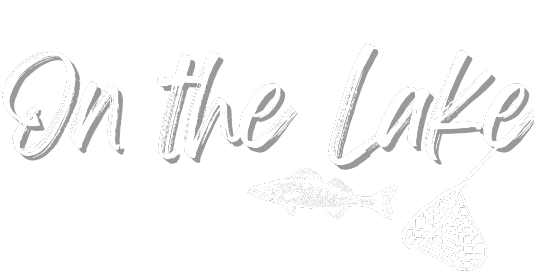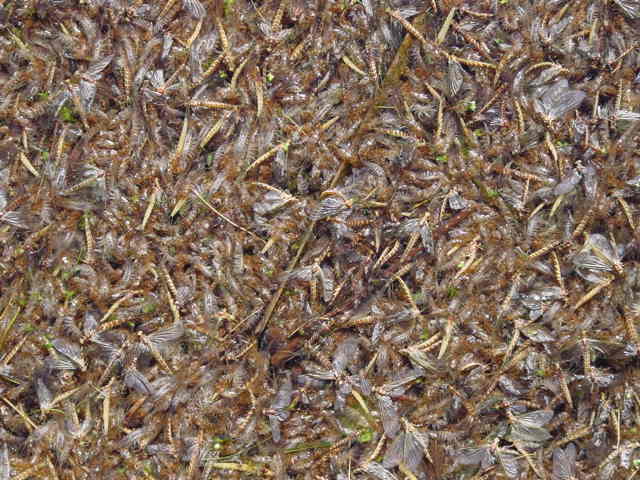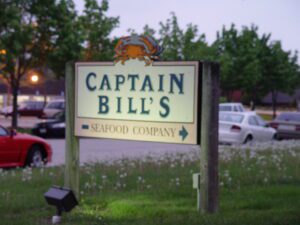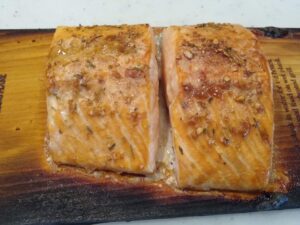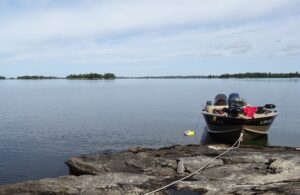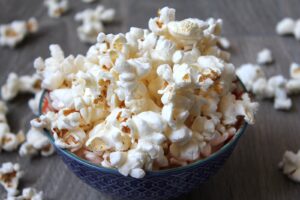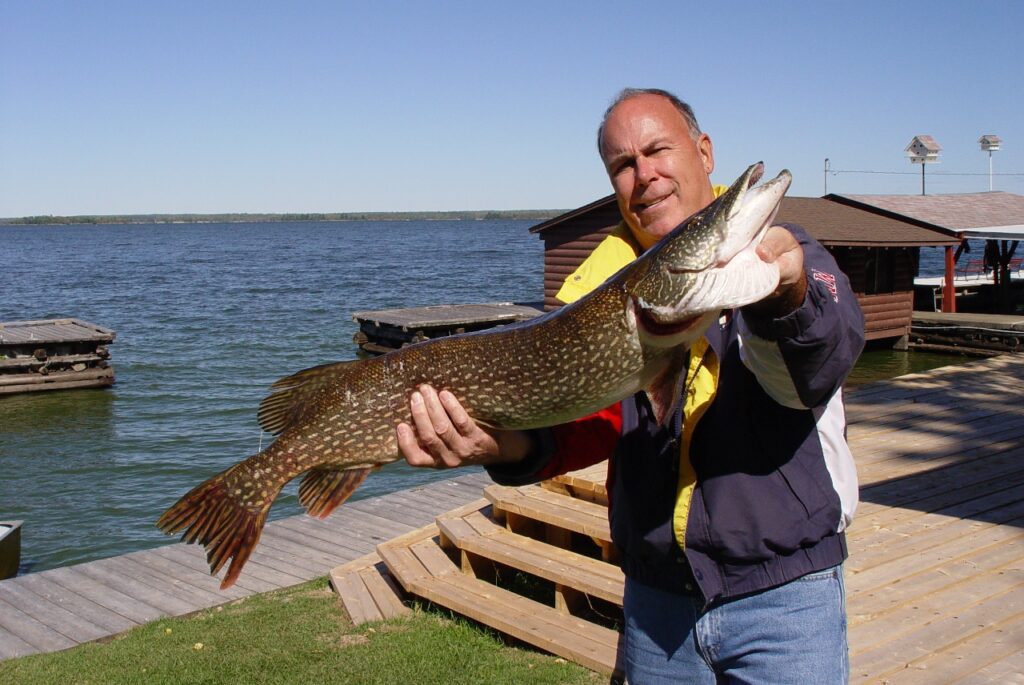Who cares about mayflies? Fish do. The pesky critter in question is from the class Insecta and goes by the scientific order name of Ephemeroptera. Beyond that, it gets confusing. However, the first part of the word comes from the Greek word ephemeros, which means “lasting for a remarkably brief period of time.”
The second part of the word – optera – literally means “with wings.” There are two pairs of them. What we actually have is an insect with wings that lives for a remarkably short period of time. Mayflies also go by various other names, including Mayflies, Mays, Upwings, Duns, Spinners, Dippers and Fish Flies. So, what’s the big deal? Well, If by chance you are a walleye fisherman, the mayfly can, in fact, be a very big deal.
After the Hatch
Since I have never had any real desire to earn a living by catching fish, I never paid a whole lot of attention to mayflies – except to note that when the hatch started, the walleye fishing went straight to h-e-double-toothpicks!
Like many of the walleye fisherman I have talked to, I knew little if anything about the Mays themselves. So, what I would like to do here is to let you in on a few of the mayfly ‘secrets’ that I learned after doing a little research of my own.
The Adult Mayfly
I’ll start my story with the adult mayfly, because that’s the stage of the life cycle that most walleye fisherman actually see; it’s at this point that the lack of fish – in the live well and on the table – starts to make perfect sense, although it is already too late, and my 1-week vacation is almost over…
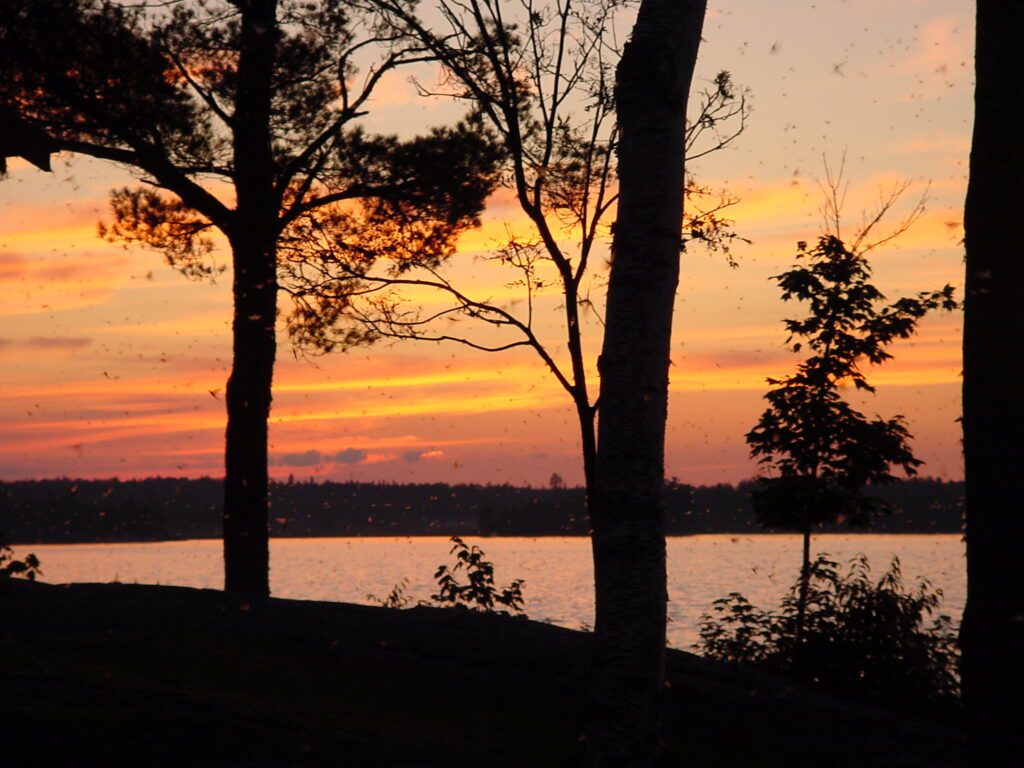
Mayfly Mating
What is observed is the swarm of mayflies that appears at about dusk (observe the spots in above photo). And what is most noticeable is the flight pattern. Every May seems to be flying up and down. These are the males and are referred to as “dippers.” The females fly through the swarm on a ‘fly-by’ and are seized by the males who then, ah, ahem… well, mating takes place.
The females then lay their eggs either while flying over the water, by dipping their abdomens into the water or even by actually entering the water to deposit the eggs on underwater surfaces. The adults will almost immediately die after mating, but at this point, the proverbial damage has been done. They don’t even eat – they have but one purpose in life and that is to make certain of the continuation of the species.
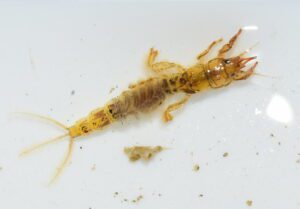
Mayfly Nymphs
The eggs then hatch and develop into the larval stage called nymphs. The nymphs – they feed on diatoms, algae and small bits of organic matter – have very strong legs and will even burrow into the sand and mud on the bottom of shallow bays. They will typically go through several molts prior to reaching a pre-mature adult stage called the sub-imago.
The time for this maturity can be anywhere from a few days to a few weeks or more. But when winter comes, the little buggers just hibernate until the water warms up the following spring. (This is typically just prior to my heading north on vacation…)
When the water has warmed sufficiently, the “hatch” begins and can last for a period of several hours or several days. And there can be several hatches in a season. As the mature nymphs begin their transformation and movement toward the surface, they become the tastiest of morsels for the hungry walleyes.
Tullibees, Not Walleyes
And they must be easy pickin’s, because the walleye bite can go from super to sour in nothing flat! I used to think that the fish hitting the insects I saw on the surface were the walleyes going after the fully mature adult mayfly. But at least on the lake that I visit, it is only the tullibees (whitefish) that go for the adults on the surface.
According to Ron Newman: “larger fish are more likely to feed on the nymph than the sub-imago or the spent adult on the surface.” The nymph is available most of the season, usually in shallow waters, on or near the bottom, just not always in huge numbers. But by the time one observes the sub-imago and adult stage, the walleyes have already feasted on the larval and nymph stages and are rolling around on the bottom of the lake like an overfed couch potato after Thanksgiving dinner.
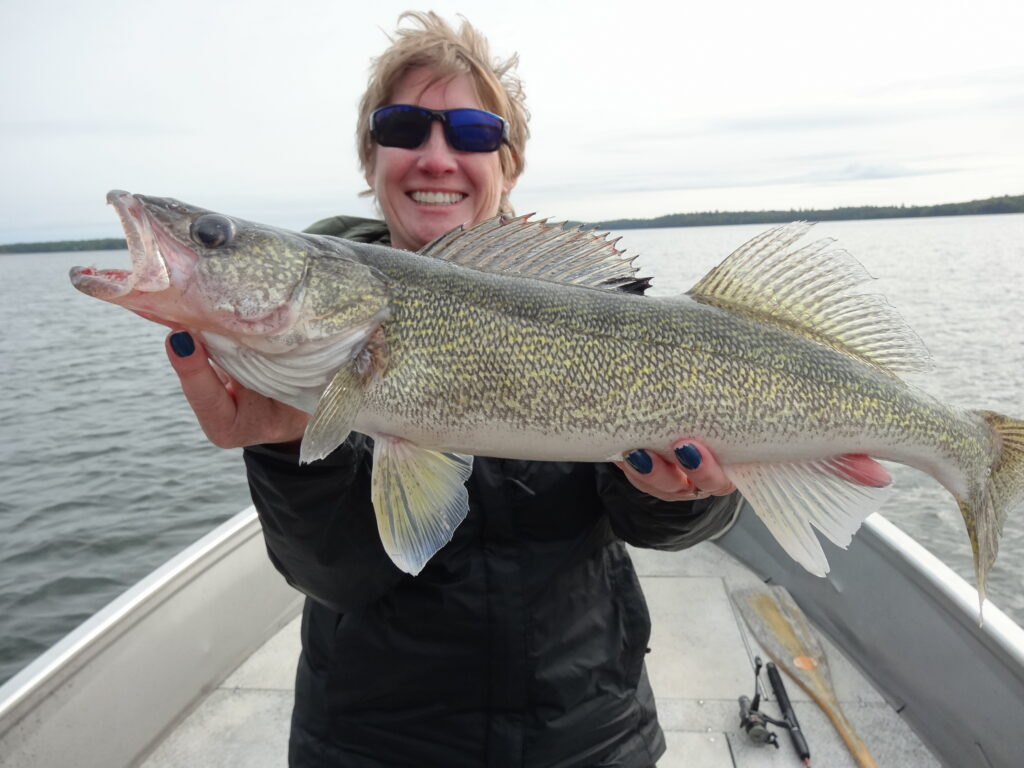
Mayfly: Large portion of walleye diet
Typically, mayflies have a 1-year life cycle that begins when the sub-adult emerges from the shed exoskeleton of the mature nymph, usually in the late spring to early summer. Once that happens, the adult matures and the whole process starts over again.
As much as we might dislike the lowly mayfly, it is interesting to note that mayflies require very clean and well-oxygenated water in order to survive. They are very sensitive to the environment and are one of the first species to disappear when the water becomes polluted. So, if your lake has them in large numbers… believe it or not, it is a positive thing.
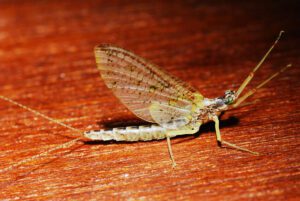
They represent a significant portion of the diet of a walleye at certain periods of the season. But, if you are patient and spend your time on the water – you will be rewarded with some walleye for dinner. The key for you will be to make your bait at least move like a mayfly larva or nymph. As far as I know, no ‘eye ever could tell the difference among baits. If it moves like food, it is food. If all else fails, then try fishing for bass or northern pike.
See ya on the lake!
R. Karl
